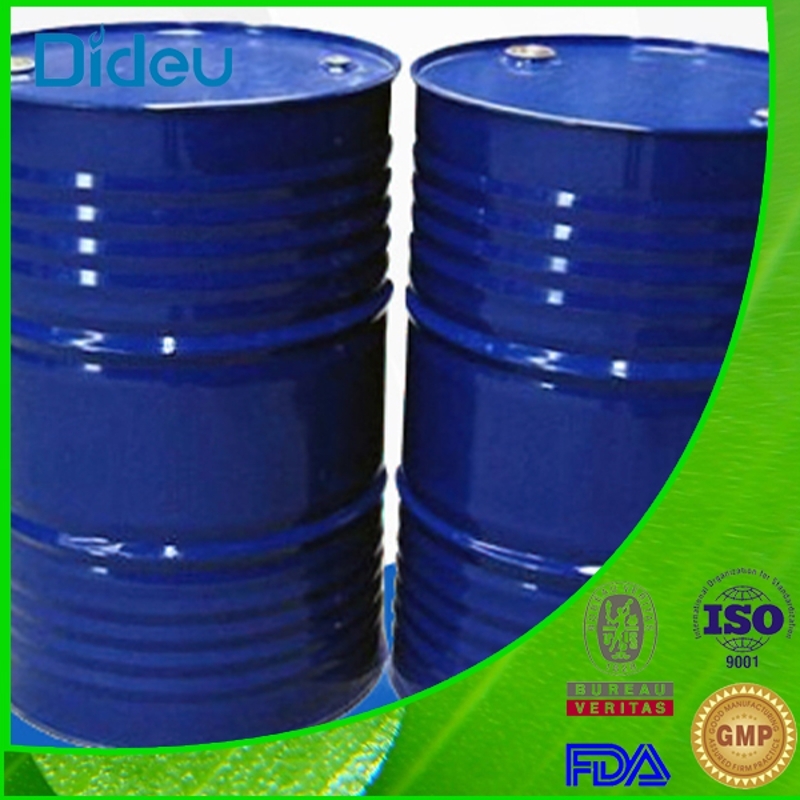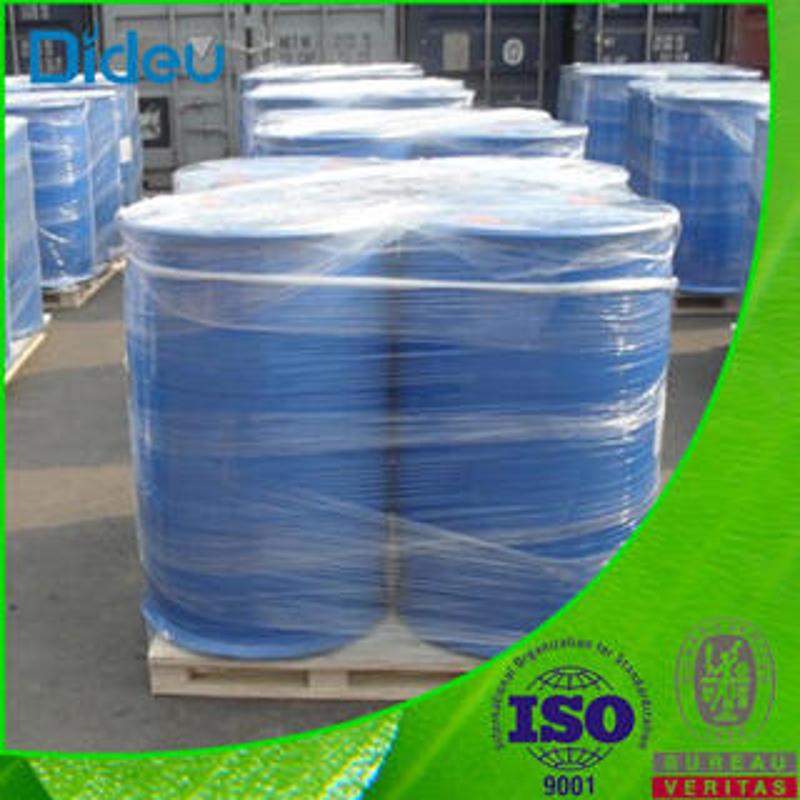-
Categories
-
Pharmaceutical Intermediates
-
Active Pharmaceutical Ingredients
-
Food Additives
- Industrial Coatings
- Agrochemicals
- Dyes and Pigments
- Surfactant
- Flavors and Fragrances
- Chemical Reagents
- Catalyst and Auxiliary
- Natural Products
- Inorganic Chemistry
-
Organic Chemistry
-
Biochemical Engineering
- Analytical Chemistry
-
Cosmetic Ingredient
- Water Treatment Chemical
-
Pharmaceutical Intermediates
Promotion
ECHEMI Mall
Wholesale
Weekly Price
Exhibition
News
-
Trade Service
Titanium dioxide, titanium dioxide, etc. are often mentioned, coatings, chemical fiber, paper, plastics, ink, enamel, welding rods, metallurgy, electronics industry, daily necessities industry, etc. have their own figure.
Compared with the sharp titanium white powder
the crystal structure of the gold-redstone titanium white powder is diamond-shaped, and the crystal structure of the sharp titanium-type titanium dioxide is conical with a refractive index of 2.55. The previous refractive index comparison can be known, the refractive index of gold-redstone titanium dioxide is high, and therefore also has a high coloring force
. If the coloring force of the gold-redstone titanium dioxide is 100% as the benchmark, the experimental data show that the coloring force of the sharp titanium-type titanium dioxide is only 78-83%. Therefore, the gold-redstone type titanium dioxide has a high coloring force. When coloring plastics and coatings, the use of redstone titanium dioxide reduces the amount of addition or increases the coloring force.
in the color aspect of white light, because the reflectivity of redstone-type titanium dioxide in the purple light area is relatively low, therefore, the gold-redstone-type titanium white powder has a yellow tone. Relatively speaking, sharp titanium-type titanium white powder, due to the high reflectivity in the purple-ultraviolet light area, sharp titanium-type titanium white powder has a more pure white color.
for users of white master grains and white pulp, the yellow tone of the gold-redstone titanium dioxide is very unpopular, giving the impression that it is relatively old. Especially for all kinds of high-quality packaging film for fine printing, yellow background color will make fine printing images bright, layered sense of decline. Many manufacturers in the production of white master grains and white pulp in the process of adding blue pigments for coloring, hoping to add blue pigments, to remedy the gold-redstone type titanium dioxide yellow background color problem. The most commonly used blue pigment is group green. Blue pigments can not completely solve the yellowing problem, with the study found that the higher the dispersion of redstone titanium white powder, the higher its whiteness, the lower the yellow tone.
Factors that affect the cover and whiteness of titanium dioxide
1, the type and content of harmful impurities in titanium white powder, even if the content is very small, will have a significant impact on whiteness, such as iron, chromium, cobalt, vanadium, copper, manganese, vanadium, lead and so on. The harmful effect of impurities is not only due to the color-showing effect of the mixed impurities themselves, but also due to the presence of impurities ions, especially heavy metal ions, which cause the titanium white powder lattice curve to twist into deformation and lose symmetry. The effect of gold-redstone-type titanium dioxide on impurities is more sensitive, such as iron oxide in the goldstone-type titanium dioxide content of more than 0.003%, will appear color, and the content of sharp titanium-type titanium white powder is greater than 0.009% before the color reaction.
2, the shape, size and particle size distribution of titanium dioxide particles all have an effect on whiteness. The grainy shape of the titanium dioxide requires a smooth profile without angularity, as angular surfaces reduce the reflection of light. Particle size should be controlled between 0.2 and 0.4 m. This is equivalent to half of the wavelength range (0.4 to 0.7 m) of visible light, in order to obtain a high light scattering capacity, making its color appear whiter. The crystal is transparent when the particle size is less than 0.1 m, and when the particle size is too large, even if the product contains a small amount (0.1% to 2%) of large particles with a particle size of 0.5 m or more, it will reduce the particle's ability to scatter light, which may have a very harmful effect on pigment performance. For particle size distribution, uniformity is required and the distribution band is narrow.
3, titanium dioxide refractive index is the highest among white pigments. Therefore, in theory, it also has the highest cover. However, the size, particle structure and dispersion of titanium dioxide particles affect their cover. In the range greater than the half wavelength of visible light, the finer the particle size and the greater the dispersion, the greater the cover force. But it has limits. When the average particle size is 0.2 m, the masking force is the largest and less than half the wavelength of visible light, the cover force decreases due to the transparency of the crystal to light. Therefore, the particle size is too large and too small is not good.
.






